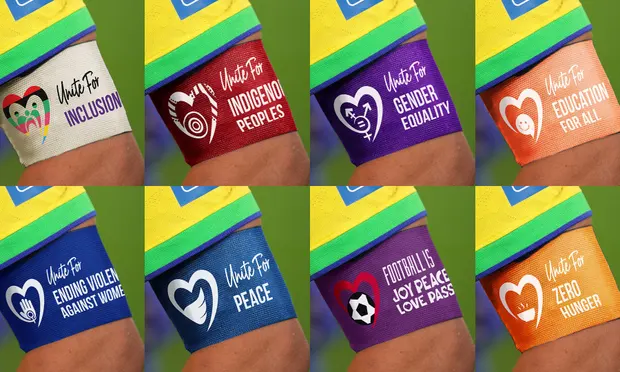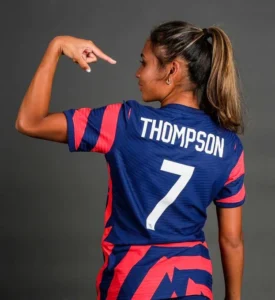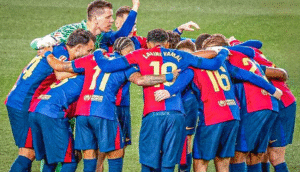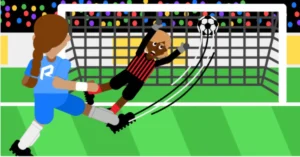FIFA Introduces Alternatives to Rainbow Armband for Women’s World Cup
- No rainbow or OneLove armbands allowed at the Women’s World Cup.
- Teams can choose from eight FIFA-sanctioned armbands highlighting social causes.
- England undecided on which armbands to wear.
- Themes chosen after consultation with teams, players, and UN agencies.
- Armbands will be promoted through various channels during the tournament.
- Captains can choose a message for the entire tournament or matchday.
- FIFA emphasizes football’s ability to unite and promote social causes.
FIFA has announced that players participating in the Women’s World Cup in Australia and New Zealand will not be allowed to wear the rainbow armband or the OneLove armband in support of LGBTQ+ rights. Instead, teams will have the option to choose from eight alternative armbands, all sanctioned by FIFA, which highlight various social causes.
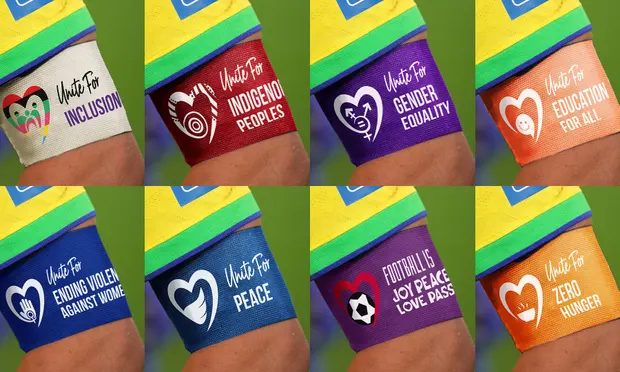
The regulations that prevented teams from wearing the OneLove armband at the men’s World Cup in Qatar last year will remain unchanged, and teams could face sanctions if they choose to defy these rules. However, the participating teams in the Women’s World Cup will have the opportunity to select from a range of FIFA-approved armbands, each representing a specific cause.
During the previous tournament, England, Wales, and other European nations opted against wearing the rainbow OneLove armbands after FIFA clarified that their captains could be booked or forced to leave the pitch if they did so.
The themes for the armbands in the Women’s World Cup were determined through consultations with the 32 participating teams, players, and United Nations agencies. The chosen messages on the armbands include: Unite for Inclusion, Unite for Indigenous Peoples, Unite for Gender Equality, Unite for Peace, Unite for Education for All, Unite for Zero, Unite for Ending Violence Against Women, and Football is Joy, Peace, Love, Hope, and Passion.
The Unite for Inclusion armband logo incorporates the same colors as the OneLove armband, with red, black, and green representing race and heritage, and pink, yellow, and blue symbolizing various gender identities and sexual orientations.
“FIFA Women’s World Cup, like football itself, possesses a unique power to unite people, bring joy, excitement, and passion,” stated FIFA President Gianni Infantino. “However, football can also shed light on significant societal causes. After extensive discussions with stakeholders, including member associations and players, we have decided to highlight a range of social causes during all 64 matches at the FIFA Women’s World Cup, from inclusion to gender equality, peace to ending hunger, education to combating domestic violence.”
These new messages will also be promoted through pitch-side advertising boards, flags on the pitch, stadium screens, and social media. Captains will have the option to choose a message to wear throughout the tournament or select one that corresponds to the theme of the matchday.
It is currently undecided which armbands the England team will wear as they prepare to face Haiti in their opening match on July 22 in Brisbane. An FA spokesperson stated, “FIFA engaged with federations and players worldwide regarding the armbands to be worn at the FIFA Women’s World Cup. The next step is for our players to decide which of the options they will choose to wear.”
